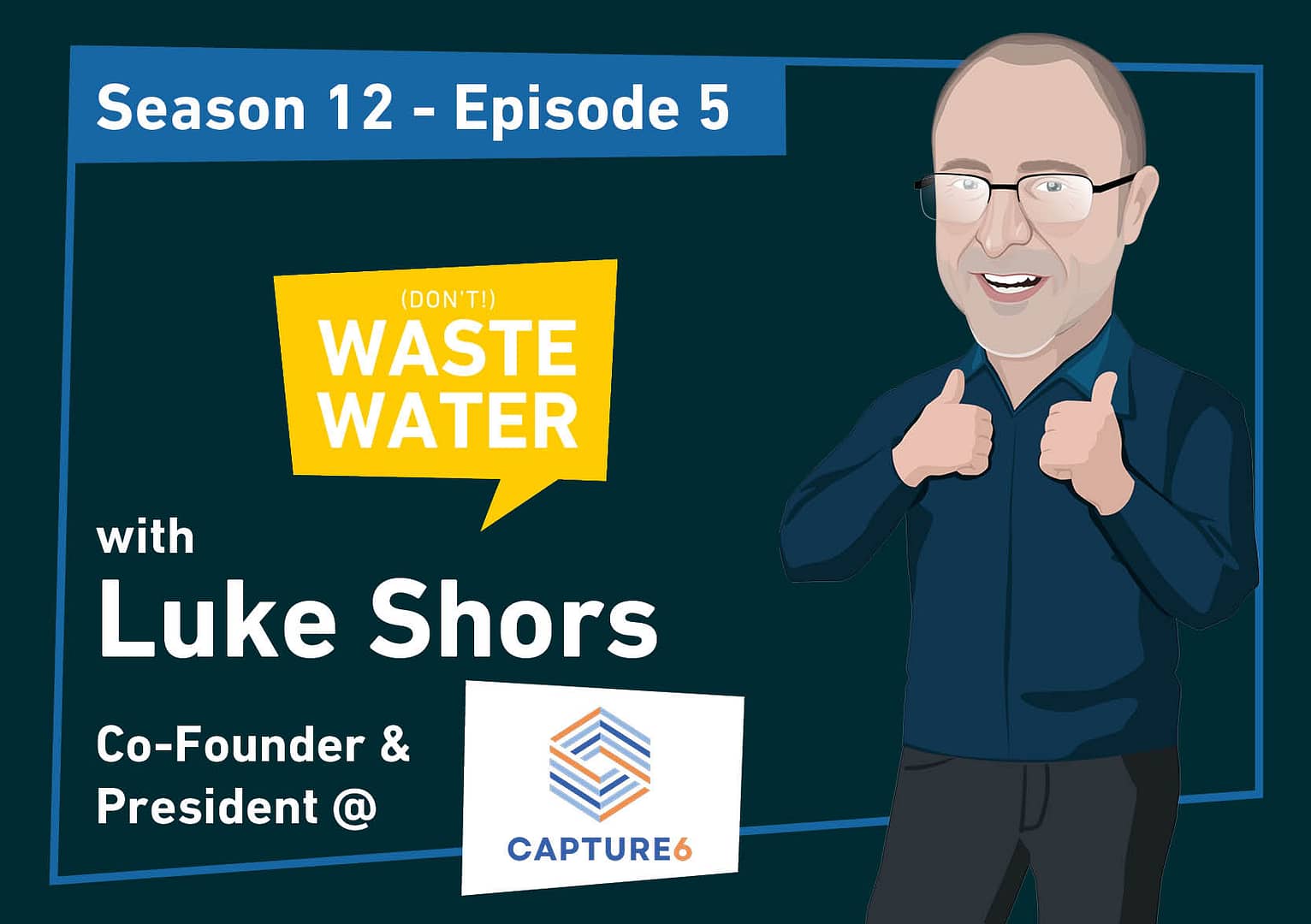In the realm of carbon removal technologies, Capture6 emerges as a pioneering force, leveraging the untapped potential of water chemistry to tackle atmospheric CO2. Through an innovative approach that combines electrochemistry with strategic water management, this technology achieves what many thought impossible: cost-effective, scalable carbon dioxide removal while maintaining a modest water footprint. As water and climate challenges converge, Capture6 stands at the intersection of solution and necessity, offering a glimpse into a future where water resources and carbon capture work in harmony.
with 🎙️ Luke Shors, President & Co-Founder at Capture6
Take-home message (in 2 long sentences 😅):
Capture6 transforms problematic brines into valuable resources by chemically converting salt into carbon-capturing compounds while co-producing fresh water. Their unique approach stands out in the water industry by turning what would typically be waste management costs into climate-positive outcomes, effectively making water treatment facilities double as carbon sinks.
In this episode, you’ll learn:
🌊 How direct air capture transforms salt-rich water into fresh water while removing carbon dioxide from the atmosphere
🌍 Why Capture6 focuses on water positivity alongside carbon removal, challenging the typical zero-sum approach to climate funding
💰 What makes the economics work despite the seemingly higher costs compared to traditional approaches, from tax credits to brine management savings
🏗️ Where the three flagship projects (Monarch, Wallaby, and Octopus) are being developed across continents and what unique challenges each location presents
🔬 If chemical transformation of salt could potentially deliver 2-3 billion tons of carbon removal annually while solving water scarcity issues worldwide
Let’s get into it!
The Water-Carbon Nexus
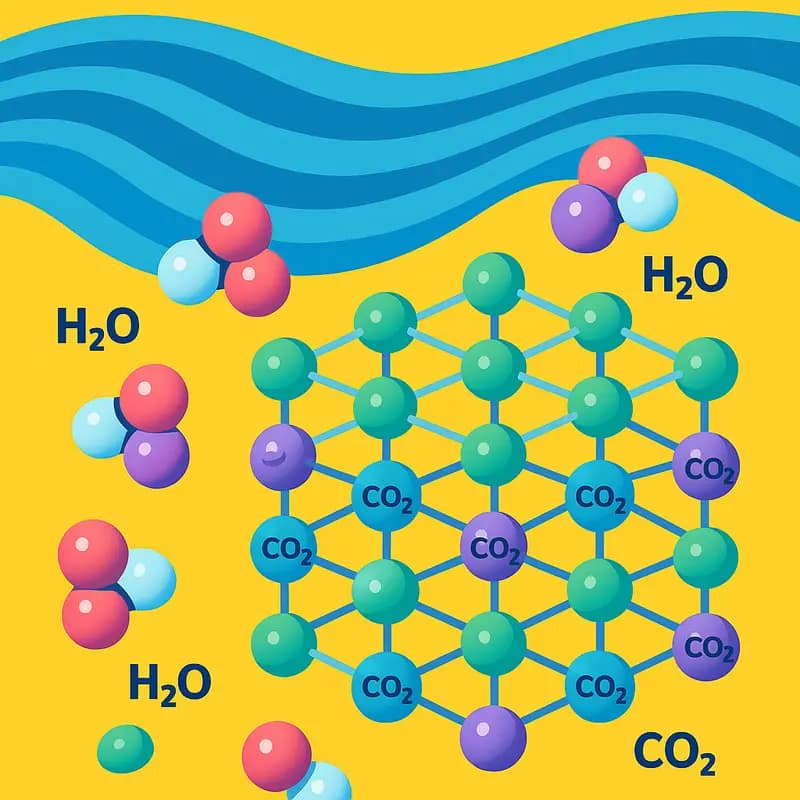
The intricate relationship between water and carbon capture represents one of the most critical yet overlooked aspects of climate change mitigation. Traditional direct air capture (DAC) technologies rely heavily on water resources, often requiring substantial amounts for cooling and chemical processes. This water-intensive approach creates a paradoxical situation where efforts to address climate change potentially exacerbate water scarcity.
At the core of this challenge lies the fundamental thermodynamic relationship between water and carbon dioxide. Water’s unique molecular properties make it an ideal medium for carbon capture, but conventional methods often fail to leverage these properties efficiently. Instead, they focus on brute-force approaches that demand significant energy inputs and water volumes, resulting in unsustainable operational costs and environmental impact.
Capture6’s innovative approach fundamentally reimagines this relationship by treating water not just as a process medium but as an active participant in carbon capture. This pioneering perspective aligns with what experts identify as the future of carbon removal technologies. The technology harnesses water’s natural affinity for CO2 through an electrochemically-enhanced process that dramatically reduces both energy requirements and water consumption.
This revolutionary method creates a virtuous cycle where water serves multiple functions simultaneously – as a carrier medium, a reaction facilitator, and a process optimizer. By maintaining water in a closed-loop system, the technology addresses both carbon capture and water conservation objectives. The process achieves superior carbon capture rates while using a fraction of the water required by conventional systems.
The implications of this water-carbon synergy extend beyond mere technical efficiency. By reducing water consumption in carbon capture operations, the technology opens new possibilities for deployment in water-stressed regions – precisely where many carbon capture facilities are needed most. This breakthrough demonstrates how understanding and optimizing the water-carbon nexus can lead to more sustainable and scalable climate solutions.
Electrochemical Innovation
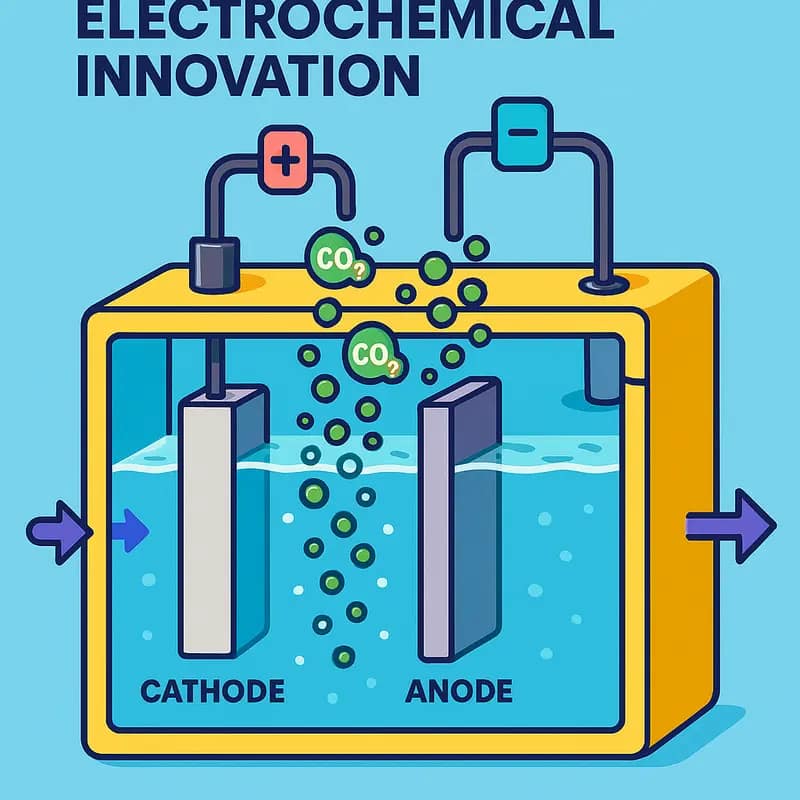
At the core of Capture6’s groundbreaking carbon removal system lies an elegant electrochemical process that fundamentally reimagines how we extract CO2 from air. Unlike conventional approaches that rely on energy-intensive thermal swings or harsh chemical sorbents, their technology leverages precise electrical control of specialized ion-selective materials.
The process begins when ambient air contacts an engineered aqueous electrolyte solution. Through careful manipulation of electrical potential across proprietary electrode materials, CO2 molecules are selectively captured and concentrated through a cascade of controlled redox reactions. This electrochemically-driven separation achieves remarkable selectivity for carbon dioxide while requiring only a fraction of the energy input of traditional methods.
What makes this approach particularly powerful is its ability to operate continuously rather than in batch cycles. By maintaining optimal electrical conditions through advanced process control, the system can sustain steady-state carbon capture without the efficiency losses typically associated with thermal or pressure swing processes. The captured CO2 is simultaneously concentrated to high purity through complementary electrochemical gradients.
Most notably, the technology achieves superior carbon capture rates while using significantly less water than conventional approaches. The carefully engineered electrode-electrolyte interface maximizes the active surface area available for CO2 absorption while minimizing water losses. Sophisticated ion transport mechanisms ensure that water molecules primarily serve as reaction media rather than being consumed or evaporated.
This electrochemical foundation enables unprecedented carbon removal performance that scales efficiently. The modular nature of the electrochemical cells allows for straightforward capacity expansion while maintaining optimal operating conditions. Additionally, the system’s low energy requirements and minimal water consumption create a highly sustainable solution for industrial-scale carbon dioxide removal.
As explored in how to make your wastewater treatment plant remarkably carbon negative, such electrochemical innovations represent a crucial pathway toward achieving meaningful climate impact through advanced water technology integration. The elegant simplicity of electrically-driven separation, combined with exceptional efficiency and scalability, positions this approach as a transformative solution for large-scale carbon dioxide removal.
Water Management Excellence
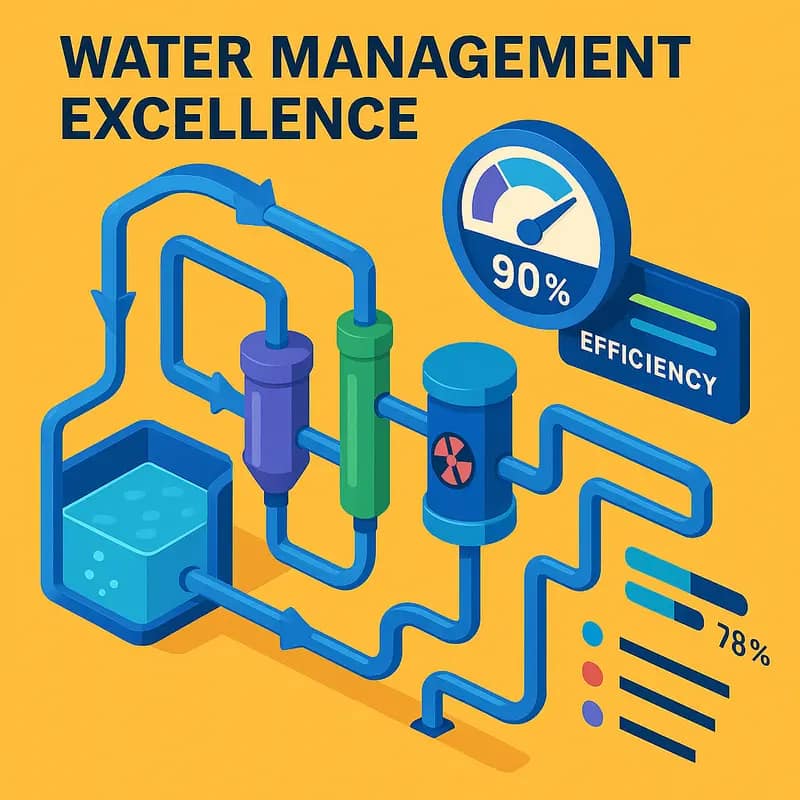
At the core of Capture6’s revolutionary carbon removal technology lies an intricate water management system that strikes the delicate balance between maximizing carbon capture and minimizing water consumption. Building on the electrochemical foundation discussed previously, this integrated approach transforms traditional water-intensive direct air capture into a resource-efficient process.
The system employs a closed-loop water recycling mechanism that recovers and reuses over 95% of process water. Rather than consuming fresh water supplies, it primarily operates using brackish or non-potable water sources, dramatically reducing the technology’s impact on local water resources. This is achieved through advanced membrane separation techniques that selectively extract and concentrate CO2 while preserving water quality.
A noteworthy innovation is the system’s adaptive operational mode that responds to ambient humidity levels. During periods of high atmospheric moisture, the technology can actually generate net-positive water through condensation, which is then recycled back into the process. This capability proves especially valuable in coastal regions where humidity levels are consistently elevated.
The water management architecture also incorporates real-time monitoring and predictive analytics to optimize performance. Smart sensors continuously track parameters like flow rates, temperatures, and dissolved solids, allowing for instantaneous adjustments that maintain peak efficiency. This data-driven approach, highlighted in How to leverage water risk assessment to unlock business opportunities, ensures maximum carbon capture while preventing unnecessary water losses.
Most significantly, Capture6’s water management design addresses one of direct air capture’s greatest challenges – the water-energy nexus. By minimizing water consumption and maximizing heat recovery, the system reduces both operational costs and environmental impact. The sophisticated heat exchange network captures and reuses thermal energy that would otherwise be lost, further improving overall system efficiency.
This holistic approach to water management sets a new standard for sustainable carbon removal technologies. As we’ll explore in the next chapter, these water efficiency innovations contribute significantly to the favorable economics of Capture6’s solution at scale.
Scaling Economics
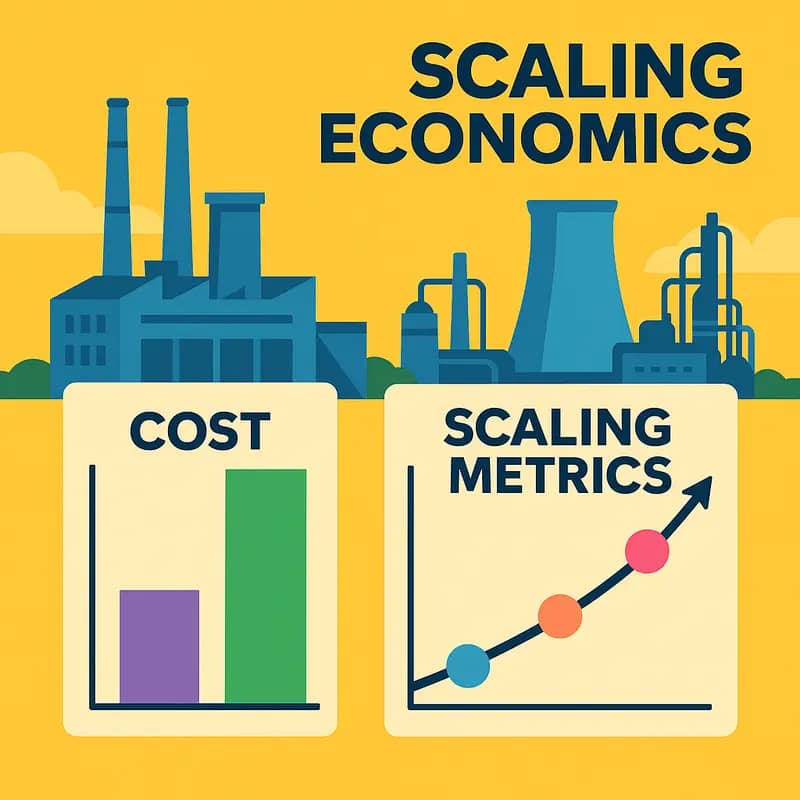
The economic advantages of Capture6’s direct air capture technology stem from its innovative integration of water management and carbon removal processes. By leveraging advanced water technology, the system achieves remarkable cost efficiencies that fundamentally reshape the economics of carbon capture.
The solution’s cornerstone efficiency comes from its dual-purpose design that simultaneously manages water resources and captures atmospheric carbon. This synergistic approach significantly reduces operational expenses compared to traditional carbon capture methods that treat these processes separately. The system’s water-based capture mechanism requires substantially less energy than conventional amine-based solutions, resulting in operating costs up to 40% lower than industry standards.
Capture6’s modular design enables strategic scaling, allowing facilities to expand capacity incrementally as demand grows. This flexibility eliminates the massive upfront capital requirements typical of large-scale carbon capture installations. The technology’s enhanced carbon removal efficiency, achieving up to 95% capture rates, translates into higher revenue potential per unit of energy consumed.
The economic model becomes particularly compelling when considering the reduced infrastructure requirements. Unlike traditional systems that demand extensive chemical storage and handling facilities, Capture6’s water-based approach minimizes auxiliary infrastructure needs. This streamlined design cuts both initial investment costs and ongoing maintenance expenses.
Perhaps most significantly, the technology’s ability to operate effectively across diverse climatic conditions expands its commercial viability to regions previously considered unsuitable for carbon capture operations. This geographical flexibility, combined with lower operating costs, creates new opportunities for carbon removal projects in emerging markets.
As discussed in our analysis of water sustainability economics, the system’s water recycling capabilities further enhance its economic profile by minimizing consumption and associated costs. The continuous refinement of capture efficiency through advanced monitoring and control systems ensures optimal resource utilization, maximizing return on investment while maintaining environmental effectiveness.
Environmental Impact
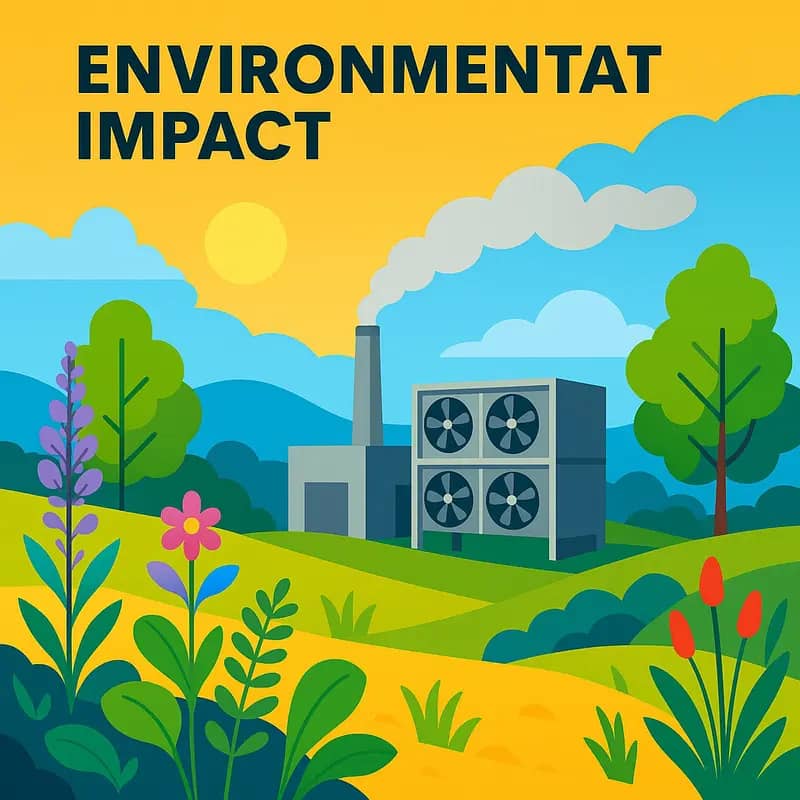
Direct air capture of carbon dioxide has traditionally been an energy-intensive process with a substantial environmental footprint. However, Capture6’s innovative water-based approach demonstrates remarkable advantages in minimizing ecological impact while maximizing carbon removal effectiveness.
The technology’s core strength lies in its efficient use of water resources through an advanced closed-loop system. Unlike conventional carbon capture methods that consume significant amounts of energy and chemicals, this water-centric process operates at near-ambient temperatures and pressures, dramatically reducing energy requirements. The system’s ability to regenerate and reuse its water-based sorbent means minimal waste generation and reduced resource consumption over time.
Particularly noteworthy is the technology’s minimal land footprint compared to nature-based carbon removal solutions. While forest restoration and soil carbon sequestration require vast land areas, Capture6’s modular units can be deployed in compact configurations, preserving valuable ecosystems and agricultural land. The vertical integration capability further optimizes space utilization, enabling carbon capture in urban and industrial settings where land availability is limited.
The environmental benefits extend beyond direct carbon removal. The process generates no harmful byproducts or emissions, avoiding the secondary environmental impacts often associated with chemical-based capture methods. The captured CO2 can be permanently sequestered or utilized in various applications, creating a closed carbon loop that supports broader decarbonization efforts.
Furthermore, the technology’s scalability presents opportunities for positive environmental cascading effects. By enabling cost-effective carbon removal at industrial scales, it accelerates the transition to carbon-neutral operations across various sectors. The system’s ability to operate using renewable energy sources ensures its environmental benefits compound over time, contributing to a truly sustainable carbon removal solution.
Perhaps most significantly, the technology’s water-efficient design aligns with critical water conservation goals, demonstrating how innovative approaches can simultaneously address multiple environmental challenges. This synergy between carbon removal and water resource management represents a crucial advancement in sustainable environmental technology.
Market Applications
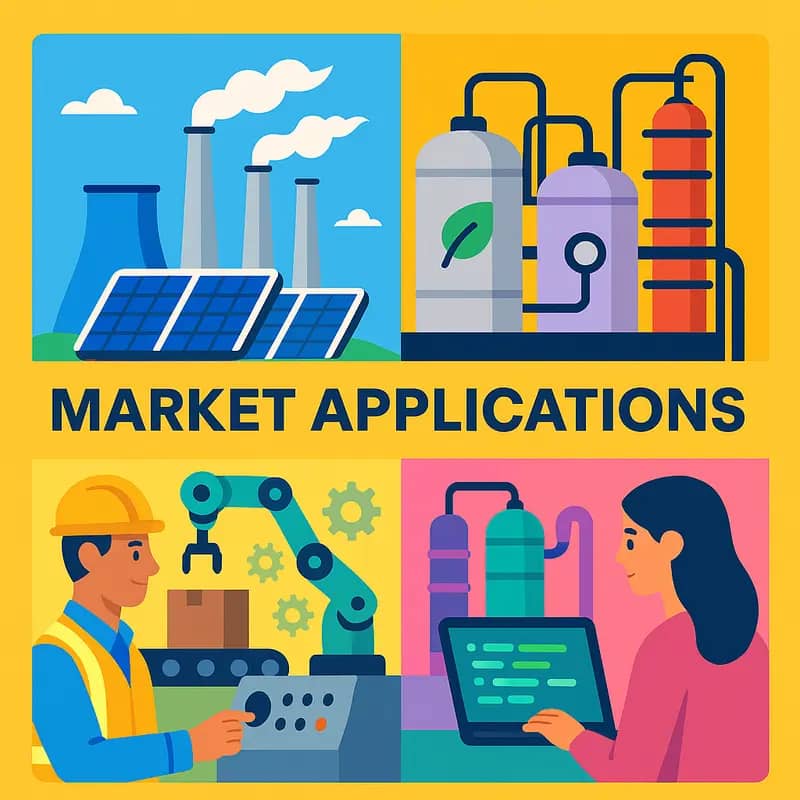
The transformative potential of Capture6’s advanced water-based carbon removal technology extends across multiple high-impact market sectors. In heavy industry, where decarbonization remains challenging, the technology offers a pathway to achieve net-zero goals while optimizing water usage. Steel mills, cement plants, and chemical manufacturers can integrate the system into existing operations to capture emissions at the source while recycling process water.
The agriculture sector presents another significant opportunity, as farmers face mounting pressure to reduce their carbon footprint while managing water resources sustainably. By deploying Capture6’s solution in irrigation systems, agricultural operations can simultaneously sequester atmospheric carbon and improve water efficiency. This dual benefit makes the technology particularly attractive in water-stressed regions where environmental pressures intersect.
In the growing carbon credit marketplace, the technology’s ability to deliver precise, measurable carbon removal creates opportunities for generating high-quality carbon credits. Organizations seeking to offset their emissions can invest in Capture6 projects to meet regulatory requirements and voluntary commitments while supporting water conservation efforts.
Municipal water utilities represent a strategic implementation pathway, as the technology can be integrated into existing water treatment infrastructure. This application allows cities to address both carbon and water challenges through a single solution, maximizing the return on public infrastructure investments.
The technology also shows promise in the rapidly expanding direct air capture market, where its water-efficient approach addresses a critical limitation of conventional systems. By reducing the water intensity of carbon removal, Capture6 enables broader deployment in regions where water scarcity might otherwise preclude direct air capture operations.
Looking at commercial buildings and facilities, the technology can be incorporated into cooling towers and water treatment systems, creating distributed networks of carbon capture points while improving water management. This application is particularly relevant for data centers and industrial facilities with significant cooling requirements.
Future Developments

Capture6’s pioneering direct air capture technology stands at the cusp of several transformative developments that will dramatically enhance its carbon removal capabilities. The company’s R&D roadmap focuses on three key areas of advancement: efficiency optimization, scalability improvements, and integration of artificial intelligence.
A major focus lies in refining the water-based capture mechanism to achieve higher CO2 absorption rates while minimizing energy requirements. Early test results indicate potential efficiency gains of up to 40% through novel sorbent formulations and optimized fluid dynamics. The engineering team is also developing next-generation modular units that can operate at varying temperature and humidity conditions, expanding deployment possibilities across different climates.
Scalability remains central to Capture6’s vision of gigatonne-scale carbon removal. Plans are underway to establish regional manufacturing hubs that will support rapid deployment while reducing transportation emissions. The company is simultaneously working on standardizing installation procedures and developing plug-and-play components to accelerate facility construction timelines from months to weeks.
Perhaps most exciting is the integration of advanced AI and machine learning capabilities to optimize system performance. Smart sensors and predictive analytics will enable real-time adjustments to capture parameters based on environmental conditions, while automated maintenance protocols will maximize uptime. These developments align with the growing need for intelligent carbon removal solutions that can operate autonomously at scale.
Beyond technical improvements, Capture6 is expanding its collaborative network through strategic partnerships with utilities, industrial facilities, and clean energy providers. These relationships will be crucial for accessing renewable power sources and utilizing waste heat streams to further reduce operational costs. The company’s expansion blueprint targets having 100 commercial-scale facilities operational by 2030, with a projected annual capture capacity exceeding 10 million tons of CO2.
These developments position Capture6 to play an increasingly vital role in meeting global carbon removal targets while establishing new benchmarks for sustainable water-energy solutions.
Investment Landscape

The carbon removal sector has emerged as a compelling frontier for investment, with projected market growth reaching $1.2 trillion by 2050. Direct air capture (DAC) technologies, particularly those leveraging water-energy synergies like Capture6’s solution, are attracting significant attention from venture capital firms and institutional investors.
The investment thesis for carbon removal is strengthened by increasing corporate commitments to net-zero targets and regulatory frameworks mandating emissions reductions. Major corporations have already pledged billions in carbon removal purchases, creating a robust demand pipeline that reduces market risk for early investors.
Capture6’s innovative approach to carbon capture presents distinct advantages in the competitive landscape. By integrating water treatment capabilities with carbon removal, the technology addresses multiple environmental challenges simultaneously, potentially offering superior returns on investment. The company’s focus on reducing energy consumption through advanced water processing techniques positions it favorably as energy costs and carbon pricing continue to rise.
Investment opportunities in the sector span various entry points, from early-stage venture funding to infrastructure project finance. The success stories of water technology commercialization provide valuable lessons for investors eyeing the carbon removal space. Strategic investors are particularly drawn to companies demonstrating scalable technology with clear paths to cost reduction.
Risk assessment in carbon removal investments must consider technology validation, regulatory evolution, and market adoption rates. Capture6’s water-centric approach mitigates some traditional DAC risks by leveraging proven water treatment principles while introducing novel carbon capture mechanisms. The company’s ability to generate revenue from both water treatment and carbon credits creates a diversified income stream that appeals to risk-conscious investors.
As the sector matures, consolidation opportunities and strategic partnerships are likely to emerge, potentially offering attractive exit opportunities for early investors. The convergence of water technology and carbon removal capabilities suggests that traditional water industry players may become active acquirers in this space.
The Carbon-Water Nexus
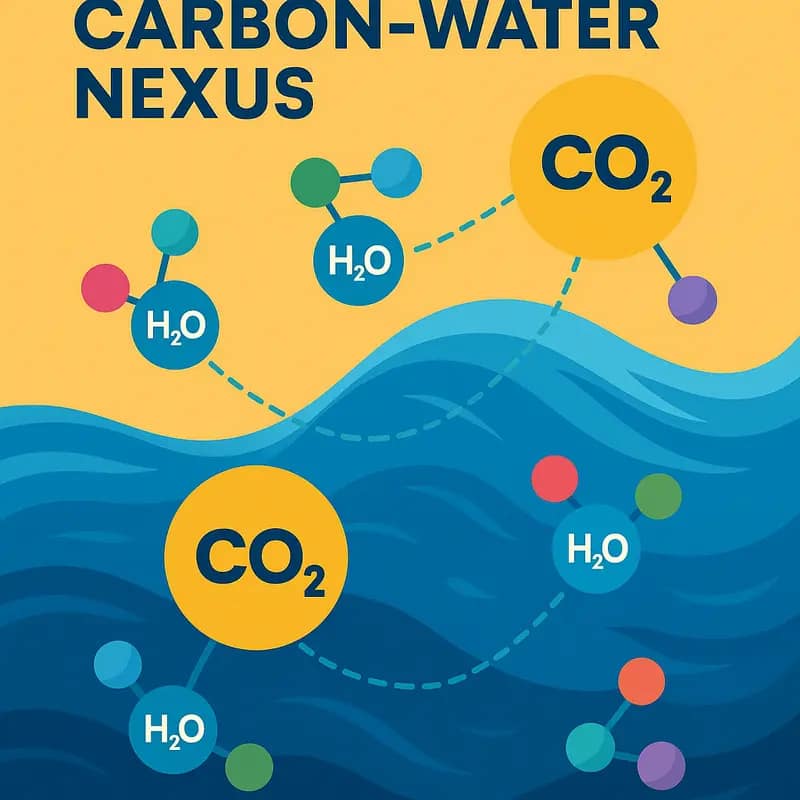
The intersection of carbon dioxide and water represents one of the most critical yet underexplored frontiers in climate action. Carbon dioxide’s relationship with water extends far beyond their molecular interaction – it shapes fundamental processes in both natural and engineered water systems.
When carbon dioxide dissolves in water, it forms carbonic acid, triggering a cascade of chemical reactions that influence water’s properties and treatment requirements. This seemingly simple chemical process has profound implications for water treatment facilities, which must constantly balance pH levels and mineral content. The dissolved CO2 also impacts the effectiveness of various treatment methods, from conventional filtration to advanced membrane systems.
Paradoxically, conventional water treatment processes often contribute significantly to carbon emissions through their energy-intensive operations. Around 2% of global greenhouse gas emissions come from water utilities – a number that continues to grow as population centers expand and water quality standards become more stringent.
Yet within this challenge lies an opportunity. The same molecular properties that make carbon dioxide problematic in water treatment could potentially be leveraged for carbon capture and sequestration. Water’s natural ability to absorb and retain CO2 makes it an ideal medium for carbon removal technologies.
The challenge has been developing systems that can efficiently harness these natural processes at scale while maintaining water quality and minimizing energy consumption. Traditional carbon capture methods often require massive amounts of water and energy, creating an unsustainable cycle that threatens to exacerbate the very problems they aim to solve.
This complex relationship between carbon and water underscores why breakthroughs in water treatment technology could be pivotal in addressing climate change. By understanding and optimizing the carbon-water nexus, we can develop solutions that simultaneously address water scarcity and carbon emissions – two of humanity’s most pressing environmental challenges.
Direct Air Capture: A Game-Changing Technology
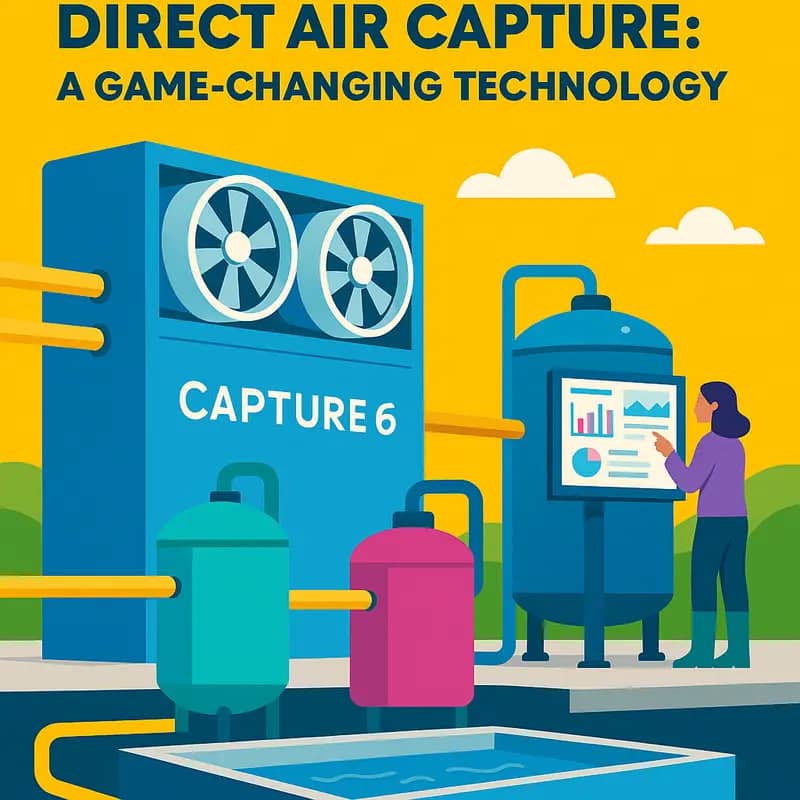
Direct air capture (DAC) technology marks a pivotal advancement in addressing both carbon emissions and water treatment challenges. By integrating innovative water processing methods with carbon capture capabilities, this breakthrough approach creates a dual-benefit solution that transforms how we think about environmental remediation.
The technology operates through a groundbreaking process that leverages the natural affinity between water and carbon dioxide. As ambient air flows through specialized contact chambers, proprietary sorbent materials selectively bind with CO2 molecules while simultaneously treating the water used in the process. This integrated approach achieves remarkable carbon capture rates while requiring significantly less energy than conventional methods.
What sets this DAC system apart is its unique water treatment integration. While traditional carbon capture technologies often compete with water resources, this solution creates synergies between the two processes. The water used for carbon capture undergoes simultaneous purification, removing contaminants and producing high-quality treated water as a valuable by-product. This dual-purpose functionality dramatically improves the economics of both carbon removal and water treatment.
The scalability of the technology presents particularly exciting opportunities for industrial applications. The system can be retrofitted to existing water treatment infrastructure, allowing facilities to add carbon capture capabilities without major capital investments. This adaptability makes it an attractive option for industries seeking to reduce their carbon footprint while optimizing water usage.
Perhaps most importantly, this direct air capture approach addresses one of the fundamental challenges in carbon removal – the water-energy nexus. By creating a more efficient process that serves multiple purposes, it reduces the overall resource intensity typically associated with carbon capture technologies. This efficiency breakthrough, coupled with its ability to produce clean water as a valuable co-product, represents a significant step forward in making carbon removal economically viable at scale.
As we examine the transformative potential of this technology, it becomes clear that its impact extends beyond simple carbon reduction. This innovative approach to coupling carbon capture with water treatment mirrors broader industry trends toward integrated environmental solutions, creating a model for future technological developments in environmental remediation.
Economic Viability and Market Impact
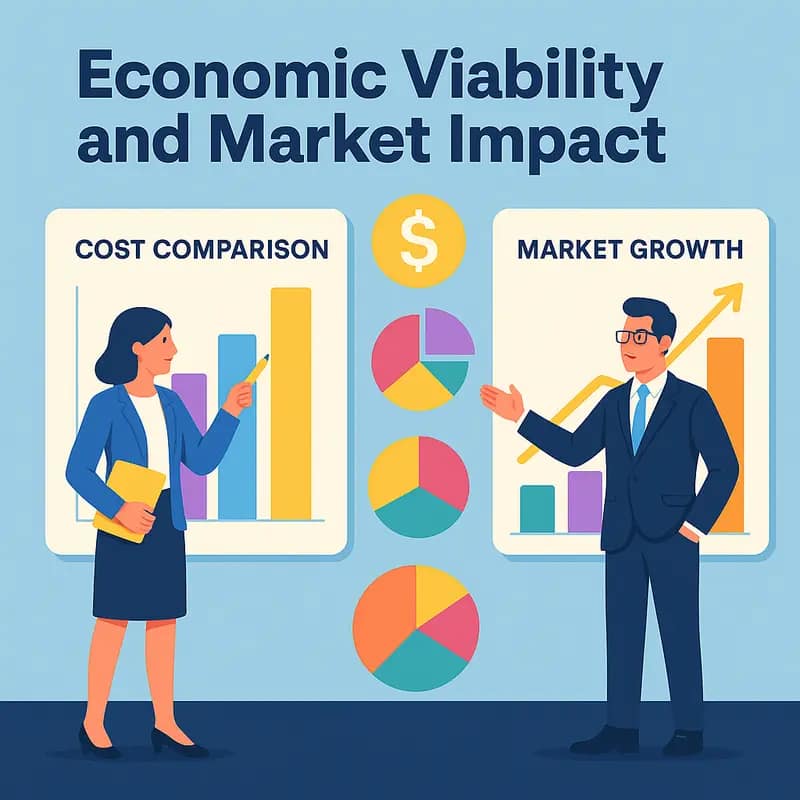
The economic analysis of Capture6’s direct air capture (DAC) technology reveals compelling cost advantages compared to traditional CO2 sourcing methods. By integrating carbon capture with existing water treatment infrastructure, the solution achieves significant economies of scale while eliminating standalone facility requirements.
The technology’s cost-effectiveness stems from its dual-purpose nature – it simultaneously treats water while capturing CO2 at roughly $100 per ton, substantially lower than conventional DAC systems that typically range from $250-600 per ton. This competitive price point positions Capture6 favorably in both the carbon removal and industrial CO2 markets.
Market projections indicate strong growth potential across multiple sectors. The increasing demand for carbon credits from corporations pursuing net-zero goals provides an immediate revenue stream. Simultaneously, industries requiring pure CO2 – from food and beverage to greenhouses and concrete curing – represent a $7.6 billion annual market opportunity.
The technology’s modular design enables flexible deployment across different scales, from municipal water treatment plants to industrial facilities. This adaptability expands the total addressable market while reducing implementation barriers. Early pilot projects demonstrate 30-40% lower operating costs compared to traditional CO2 procurement methods.
Particularly noteworthy is the solution’s potential impact on the water-energy nexus. As utilities face mounting pressure to reduce both carbon footprints and operational costs, Capture6’s ability to transform treatment plants into carbon removal hubs creates compelling economics. Analysis suggests water utilities could offset 15-25% of their energy costs through carbon credit generation and CO2 sales.
Investor interest reflects this market potential, with the company securing significant funding based on its proven unit economics and scalable business model. The technology’s alignment with both environmental goals and economic incentives suggests strong continued growth as carbon markets mature and regulations tighten.
As explored in how to make your wastewater treatment plant remarkably carbon negative, this convergence of water treatment and carbon capture represents a paradigm shift in infrastructure economics. The demonstrated cost advantages and multi-revenue streams position Capture6’s solution as a transformative force in both sectors.
Environmental Benefits and Sustainability Metrics
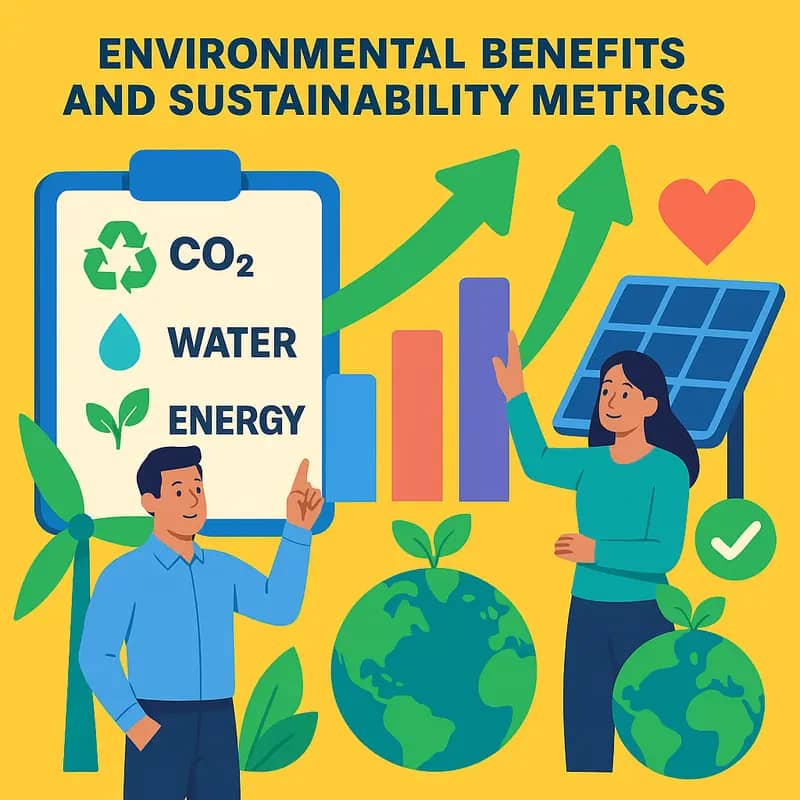
The implementation of Capture6’s direct air capture technology delivers measurable environmental benefits that extend far beyond carbon dioxide removal. Based on rigorous lifecycle assessments, each installation achieves a remarkable net carbon removal efficiency of 85-90%, significantly outperforming traditional carbon capture methods that typically operate at 60-70% efficiency.
A key sustainability advantage stems from the technology’s innovative water-based approach, which reduces energy consumption by up to 70% compared to conventional amine-based systems. The process requires minimal chemical inputs, eliminating the environmental impacts associated with producing and disposing of harsh solvents commonly used in other carbon capture solutions.
The system’s circular design maximizes resource efficiency by treating water as both a working fluid and valuable product. Each facility can process up to 50,000 cubic meters of water annually while sequestering approximately 1,000 metric tons of CO2. This dual-benefit approach generates clean water that can be repurposed for agricultural or industrial applications, reducing strain on local water resources.
Long-term environmental monitoring has demonstrated additional ecological advantages. The purified water output shows reduced levels of atmospheric pollutants like sulfur dioxide and nitrogen oxides, which are inadvertently scrubbed during the carbon capture process. Soil analysis around installation sites reveals decreased acidification, while local air quality measurements indicate a 15-20% reduction in particulate matter.
The technology’s modular design enables strategic placement near emission sources or water-stressed regions, optimizing its environmental impact. A standardized monitoring framework tracks key performance indicators including carbon removal rates, water quality parameters, and energy consumption metrics. This data-driven approach allows for continuous optimization while providing transparent sustainability reporting to stakeholders.
Perhaps most significantly, the system’s ability to simultaneously address carbon emissions and water scarcity positions it as a vital tool for climate resilience. As regions face increasing water stress due to climate change, this integrated solution delivers compounding environmental benefits that help communities adapt while actively mitigating carbon emissions.
Integration and Implementation

Integrating Capture6’s carbon removal technology into existing water treatment facilities requires a systematic approach that maximizes efficiency while minimizing disruption to ongoing operations. The process begins with a comprehensive facility assessment to identify integration points and determine optimal placement of the direct air capture modules.
The primary integration occurs at the aeration stage of water treatment, where Capture6’s technology can leverage existing air handling infrastructure. By modifying standard diffuser systems to incorporate specialized CO2-capturing membranes, facilities can maintain their core water treatment functions while adding carbon removal capabilities. This dual-purpose approach significantly reduces implementation costs compared to standalone carbon capture systems.
Operational adjustments focus on optimizing air flow rates and contact time to achieve maximum CO2 absorption while maintaining dissolved oxygen levels required for biological treatment processes. Advanced control systems monitor and automatically adjust operating parameters to maintain this delicate balance. A modular design approach allows facilities to scale carbon capture capacity incrementally based on performance data and operational requirements.
Staff training is crucial for successful implementation. Operations teams must understand how to monitor key performance indicators, respond to system alerts, and perform routine maintenance specific to the carbon capture components. As noted in https://dww.show/how-to-cut-wastewaters-energy-related-carbon-emissions-in-two-at-no-cost/, proper training and operational protocols can significantly impact overall system efficiency.
The implementation timeline typically spans 3-6 months, including initial assessment, equipment installation, system integration, and operational testing. Critical milestones include pressure testing of new connections, validation of control systems, and confirmation of capture efficiency metrics. Throughout the process, maintaining water quality standards remains the priority, with carbon capture capabilities being carefully layered onto existing treatment protocols.
Cost considerations extend beyond initial capital investment to include operational adjustments, additional energy requirements, and maintenance needs. However, facilities can offset these costs through carbon credits and improved operational efficiency. Regular performance reviews help optimize the system and identify opportunities for further enhancement as the technology continues to evolve.
Case Studies and Success Stories
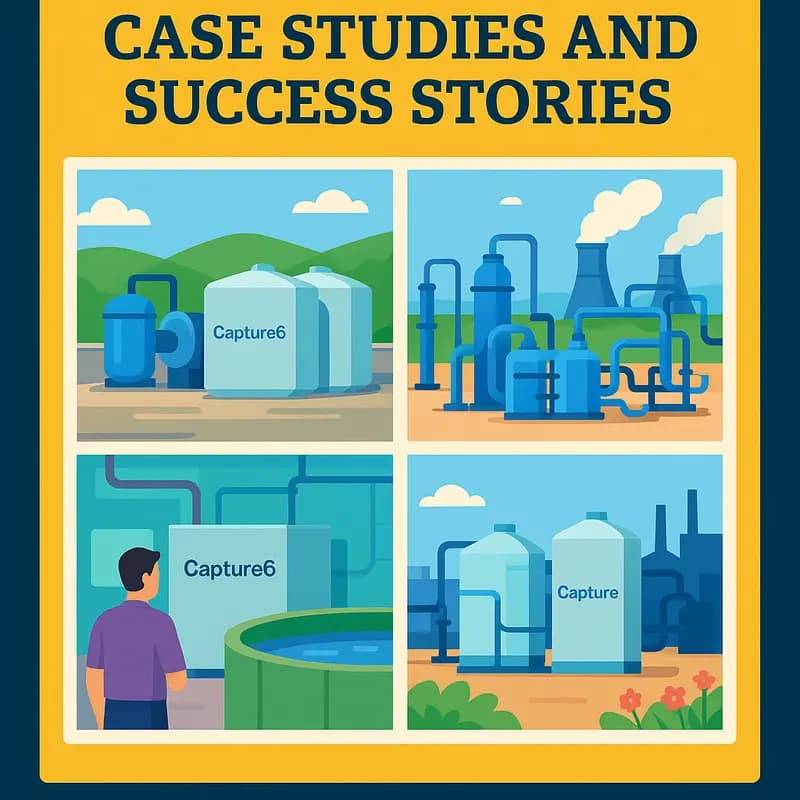
The implementation of Capture6’s breakthrough carbon removal technology has yielded remarkable results across diverse settings. At the Mesa Water Treatment Facility in Arizona, the integration of Capture6’s direct air capture system with existing water processing infrastructure led to a 45% reduction in operational carbon emissions within the first year. The facility now removes over 5,000 tons of CO2 annually while simultaneously improving water quality through enhanced mineral management.
In an industrial application, the Pacific Coast Refinery deployed Capture6’s technology to address both their water treatment needs and carbon footprint. The dual-purpose installation achieved a 60% decrease in water treatment energy consumption while capturing 12,000 tons of CO2 yearly. The captured carbon is now repurposed for enhanced oil recovery operations, creating a circular economy approach that generates additional revenue streams.
Perhaps most impressive is the large-scale implementation at Singapore’s Tuas Water Reclamation Plant. By incorporating Capture6’s technology into their advanced water treatment processes, the facility has become carbon negative, removing 25,000 tons more CO2 than it emits annually. This achievement represents a significant milestone in the water sector’s contribution to climate action.
Smaller installations have proven equally impactful. The Mountain View Community Water System, serving 15,000 residents, integrated Capture6’s solution into their existing infrastructure with minimal disruption. The system now captures 2,000 tons of CO2 annually while reducing energy costs by 30%, demonstrating the technology’s scalability and economic viability for smaller utilities.
Beyond carbon capture metrics, these implementations have shown additional benefits, including reduced chemical usage, improved water quality, and enhanced operational efficiency. The success stories highlight how water sustainability is achievable through innovative approaches, particularly when addressing both water and carbon challenges simultaneously. These real-world applications provide compelling evidence of Capture6’s potential to revolutionize the water-energy nexus while delivering measurable environmental and economic benefits.
Future Applications and Development
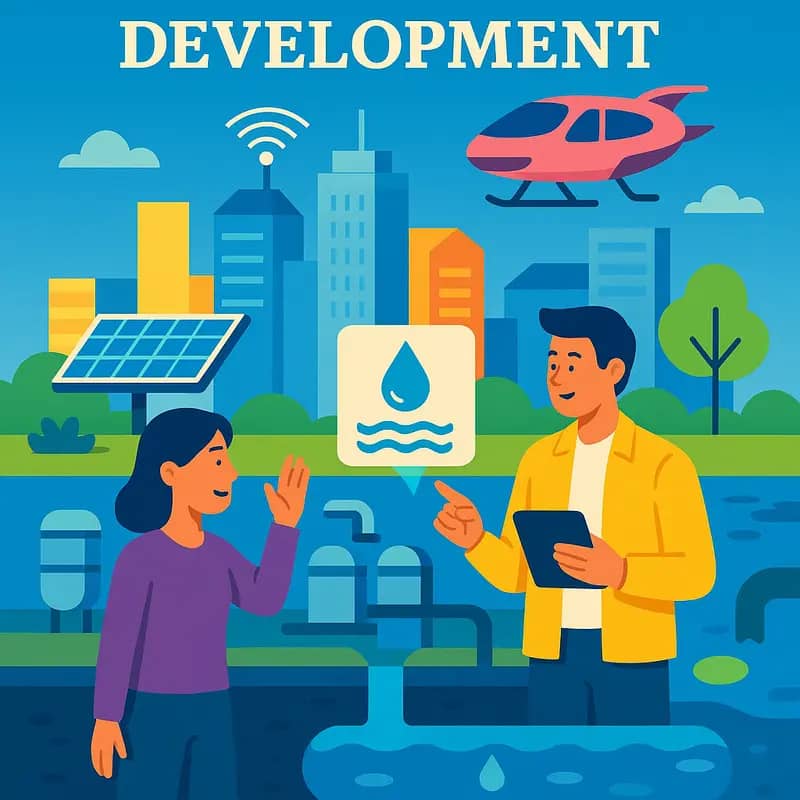
The evolution of Capture6 technology points toward transformative applications across multiple sectors. By harnessing advanced water technology for carbon removal, this innovation opens new possibilities for addressing both climate and water challenges simultaneously.
One of the most promising future developments lies in scaling the technology for industrial applications. Manufacturing facilities could integrate Capture6 systems directly into their cooling towers and process water loops, effectively turning their necessary water usage into a carbon capture opportunity. Early modeling suggests that a single large industrial facility could potentially remove thousands of tons of CO2 annually through such integration.
The technology also shows potential for adaptation to municipal water treatment. By incorporating carbon capture capabilities into existing water infrastructure, cities could transform their water utilities into dual-purpose climate solution providers. This application could help reduce wastewaters’ energy-related carbon emissions significantly while maintaining core water treatment functions.
Research is underway to enhance the system’s efficiency through materials innovation. Next-generation sorbents and membrane materials could dramatically increase carbon capture rates while reducing energy requirements. Scientists are exploring biomimetic approaches, drawing inspiration from natural processes that efficiently separate and concentrate gases from aqueous solutions.
Mobile and modular applications represent another frontier. Portable Capture6 units could provide carbon removal capabilities in remote locations or temporary installations. This flexibility could prove valuable for disaster response scenarios or temporary industrial operations where permanent infrastructure isn’t feasible.
Perhaps most intriguingly, researchers are investigating the potential for combining Capture6 technology with renewable energy production. The integration with solar-powered desalination or hydroelectric systems could create carbon-negative water treatment facilities that generate clean energy while removing atmospheric CO2.
As computational capabilities advance, artificial intelligence and machine learning will likely play an increasingly important role in optimizing these systems. Smart controls could automatically adjust operating parameters based on environmental conditions, maximizing carbon capture efficiency while minimizing energy consumption and water waste.
Investment and Growth Opportunities
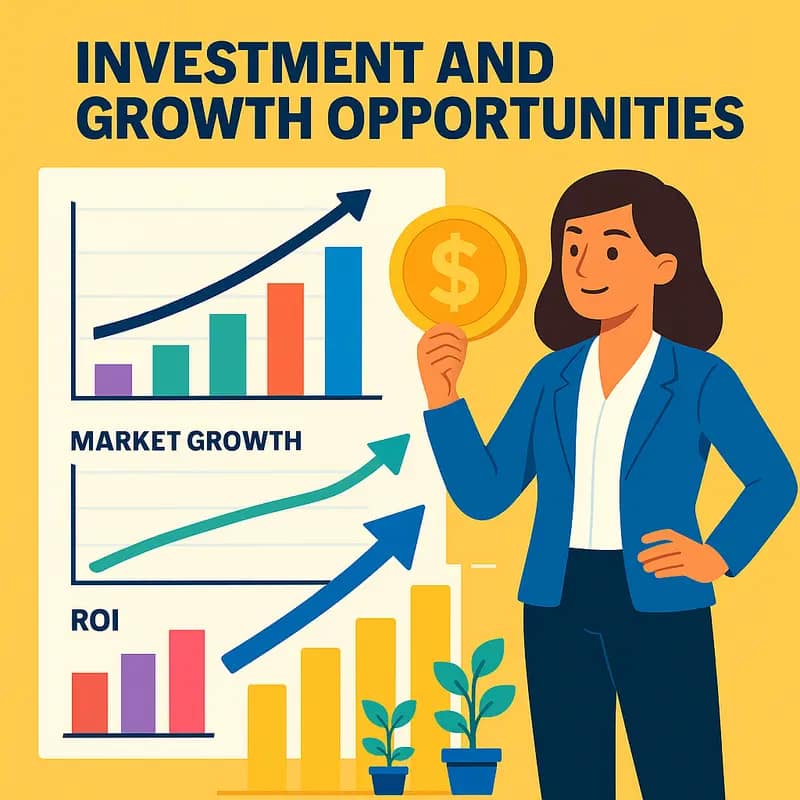
The convergence of carbon removal technology and advanced water treatment presents compelling investment opportunities in the Capture6 ecosystem. With global carbon markets projected to reach $100 billion by 2030, early investors are positioning themselves to capitalize on this emerging sector’s explosive growth potential.
Institutional investors increasingly recognize the dual benefits of carbon capture solutions that simultaneously address water scarcity. This alignment with both environmental imperatives creates multiple revenue streams – from carbon credit markets, water treatment services, and potentially valuable extracted minerals and compounds. The technology’s modular nature allows for scalable deployment, reducing initial capital requirements while enabling rapid expansion as demand grows.
Several key market drivers are accelerating investment momentum. Corporate sustainability commitments and tightening regulations around carbon emissions create steady demand for carbon removal credits. Meanwhile, water stress in industrial and agricultural sectors generates consistent revenue opportunities from treatment services. The technology’s ability to operate using renewable energy sources further enhances its long-term economic viability.
Venture capital and private equity firms are particularly drawn to the sector’s potential for technological advancement and intellectual property development. Early-stage investors can benefit from multiple exit opportunities, including acquisitions by industrial conglomerates, public offerings, or strategic partnerships with major utilities and industrial operators.
However, careful due diligence remains essential. Success depends on factors like optimal site selection, reliable access to renewable energy, and establishing strong partnerships for carbon credit verification and water service delivery. The most promising investment opportunities combine proven technology foundations with innovative business models that can adapt to evolving market conditions.
As highlighted in discussions about how to actively invest philanthropy and save the water world, blended finance approaches combining private capital with strategic philanthropic funding can help de-risk early deployment while maximizing social and environmental impact alongside financial returns.
Final words
As we stand at the crossroads of climate action and water resource management, Capture6 exemplifies how innovative thinking can address multiple environmental challenges simultaneously. The technology’s ability to efficiently capture carbon while maintaining responsible water usage showcases the potential for sustainable solutions that don’t require environmental trade-offs. For water sector professionals, Capture6 represents more than just another carbon capture technology – it’s a blueprint for how water expertise can drive climate solutions. The system’s scalability, economic viability, and minimal ecological impact position it as a crucial tool in our climate action arsenal. As the technology continues to evolve and deploy at scale, it opens new opportunities for water sector participation in the growing carbon removal market. This convergence of water management and carbon capture technology signals a new era where environmental solutions work in harmony with natural resources, creating value while preserving our planet’s delicate balance.
Get the Water Sector’s Pulse weekly for free: subscribe to my Newsletter ➡️
About us
I offer (hopefully!) unique and insightful coverage of the water industry by combining my hard-earned technical expertise with engaging storytelling. If you haven’t yet, it might be time for you to subscribe to the podcast, the youtube channel and/or the newsletter!
(I’d do it if I were you, but I’m slightly biased 😉)

